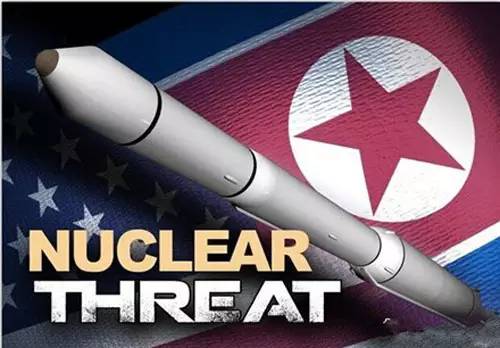
New York Times reports that U.S. Secretary of State John Kerry began a visit to Asia on Sunday in which he plans to press China to put more curbs on North Korea after its nuclear test and to urge Southeast Asia to show unity in response to Beijing's claims in the South China Sea. Kerry started what will be a three-day stay in the region in Laos, the 2016 chair of the 10-member Association of Southeast Asian Nations (ASEAN). He will head to Cambodia on Monday night and then on to Beijing for talks on Wednesday with the leadership there. In Beijing, Kerry is expected to stress the need for a united front in response to this month's North Korean nuclear test through additional U.N. sanctions, a senior official of the U.S. State Department said. He will also argue for a tough unilateral response from China, North Korea's main ally and neighbor.
Bloomberg reports China is targeting further cuts in crude steel production capacity by as much as 150 million tons and "large scale" reductions in coal output as part of supply-side measures aimed at curbing overcapacity and excess labor in state-owned industries.The country has lowered steel production by about 90 million tons "in recent years" and will push to cut a further 100 million to 150 million tons, while "strictly controlling" steel capacity increases and halting new coal mine approvals, according to a Sundays tatement on the Chinese government's website, citing a State Council meeting on Jan. 22 chaired by Premier Li Keqiang. No time line was mentioned.
Forbes writes: Shaoshan in March 1978 was an undisputable item on the itinerary of my first trip to China back in 1978 – no foreigner could travel in China at that time without paying reverence to the birthplace of Chairman Mao. However, after millions of Red Guards overrun the idyllic Hunanese village surrounded by paddy fields during the Cultural Revolution, by the time we visited the number of visitors had decreased, indeed falling from three million in 1966 to less than 250,000 in 1980. A Mao theme park brought back more domestic visitors as part of the overall growth of domestic tourism in China in the 1990s, but the main upswing in visitor numbers during the last decade to the current packed situation has a singular reason: Red Tourism. More than four billion, that's 4,000,000,000, Red Tourism trips have been organised in the last decade with the help of the Communist Party of China. School classes and student groups are reminded of the glorious history of the party in Shanghai, were it started, or in Yan'an, headquarter during the Civil War, and many other places with revolutionary history connotations.
- 2016-01-22 Falling Pollution from China Could Hasten Peak Carbon
- 2016-01-21 Survey of U.S. companies in China finds that not all's well
- 2016-01-20 Capital Flight from China Worse Than Thought
- 2016-01-19 Xi Asserts China's Middle East Role as Iran Sanctions Lifted
- 2016-01-18 China GDP Growth Slowest Since 1990
- 2016-01-17 China's economic turmoil sends ripples of anxiety across G20
- 2016-01-15 Ousted Communist Official’s Brother Is Living in United States, China Says
- 2016-01-14 China Stocks Rebound From Lowest Since Rout as Smallcaps Rally
- 2016-01-13 South Korea Presses China for More Aggressive Action on the North
- 2016-01-12 Wanda goes to Hollywood: China tycoon's firm buys film studio Legendary for $3.5 billion
- Forbes Expect New China Capital Controls: 2015 Outflow Hit $911 Billion
- Bloomberg Baidu Enters the Global Race for Driverless Car Domination
- Wall Street Journal China Risks Electric-Car Shakedown
- Reuters Hong Kong police arrest Chinese suspect in LA double murder
- Bloomberg Wife of Missing Hong Kong Bookseller Says Met Husband in China
- www.japantimes.co.jp As it seeks closer ties with China, Khamenei says that Iran never trusted the West
- www.nbcnews.com China 'Will Not Initiate Military Conflict' Over Island Disputes: Expert
- Reuters Kerry to press China over North Korea, urge ASEAN unity over South China Sea
- Reuters China says will step up regulation of internet finance
- New York Times The Latest: Japan's Top Central Banker Urges Calm on China
- blogs.wsj.com The Drivers of Growth in China's New Normal
- Reuters More holes than fingers? Beijing struggles to plug capital flight
- Reuters As China tries to reassure on yuan stability, investors see depreciation
- The Guardian The Guardian view on China and Taiwan: keep calm and carry on
- Forbes How Switzerland Beats China In Manufacturing Innovation
- Forbes Michael Bloomberg Has An Achilles Heel And It Is Not Guns Or Age But China
- The Associated Press Longtime rivals: A look at complex Vietnam-China ties
